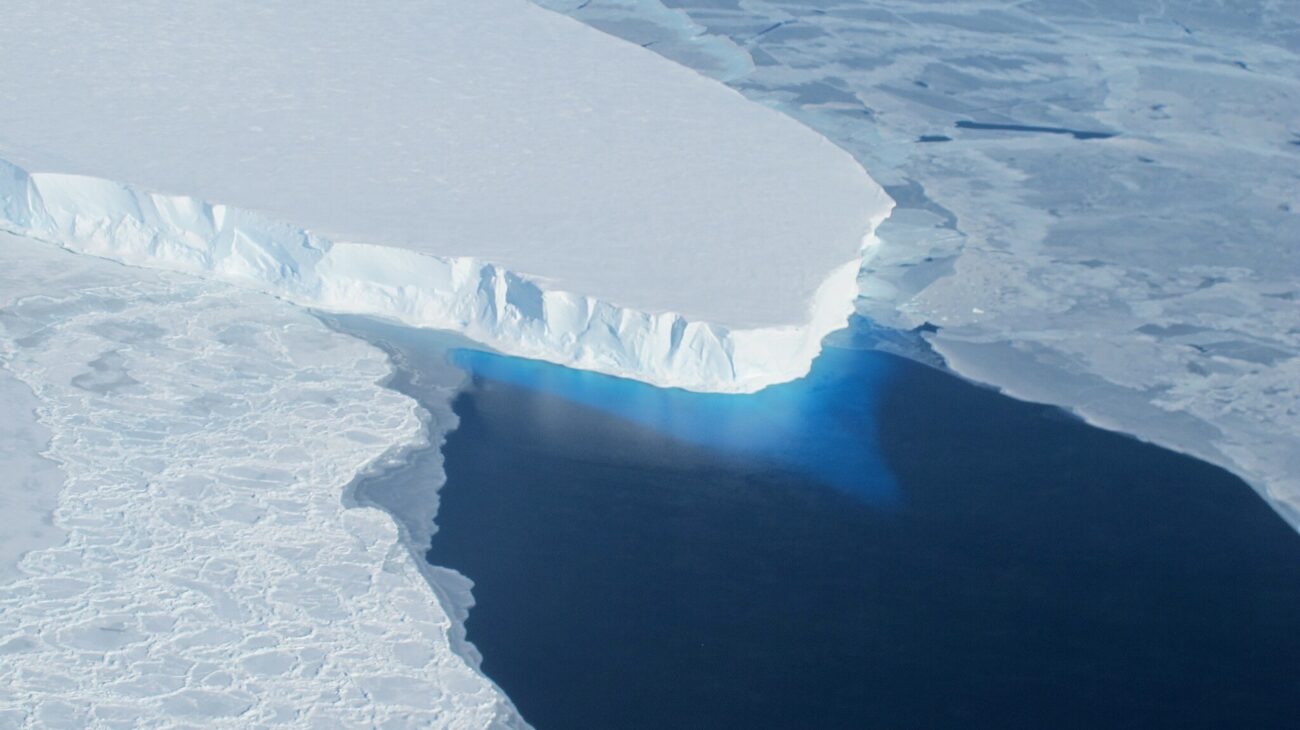PROTECT YOUR DNA WITH QUANTUM TECHNOLOGY
Orgo-Life the new way to the future Advertising by AdpathwayFor this post, I found myself considering the value and significance of names. Perhaps inevitably, I turned to Shakespeare's Romeo and Juliet, in which Juliet asks "What's in a name?" She, in love with Romeo, renounces the family feud that separates them, sorrowfully lamenting: "''Tis but thy name that is my enemy." To her, these names - Capulet, Montague, Romeo - are just words, not the essence of the beings bearing them. In the context of this play, it's a sentiment that resonates with the reader or playgoer, though, in that regard, Juliet is so sweetly and so frightfully naive. To Capulets and Montagues, their family names have meaning, defining who they are and where they stand.
That latter aspect of names is essentially the thrust of this post: the various names that a particular fossil shark tooth in my collection bears, depending upon the authority consulted, signals where that species of shark is thought to fit into the broad genealogy of the several very large shark species. Scientific names are not merely words composed of Latin or Greek phrases; they carry meaning.
My local fossil club recently held a meeting focused on fossils from the Lee Creek Mine in North Carolina. There is in my collection of fossils, a large, beautiful shark tooth from the mine that I obtained through a club auction. Lee Creek Mine, a surface extraction phosphate mine and a renowned source for fossil shark teeth, hasn't been open to collectors for many years. The formations from which the fossils come include the Pungo River (Lower Miocene) and the Yorktown (Early Pliocene). My specimen is from the Yorktown.
On its longer side, the tooth crown measures 1 3/4 inches (44 mm) on the slant. The edges of the crown are smooth, with no hint of serrations. As evident in the picture, the crown angles slightly. The tip curves inward a bit.
It's a very fine tooth with an auction label identifying it as Isurus xiphodon, a name that bore little significance for me and didn't hint at the prestigious relatives this shark species had and the controversy over that relationship. Knowing that the identifications cited in club auction labels range from spot-on to very, very wide of the mark, I thought it prudent to double check that ID, a decision that revealed a protracted and intense taxonomic argument, one that involves not only my tooth, but the two most iconic shark species whose teeth are the holy grail to many collectors: the gigantic, extinct megalodon and the fearsome great white shark.
I have tried to make sense of the ongoing debate but admit defeat. Each time I think I've grasped the essential positions, I come across still others being advanced. The following recounts just the initial steps in my taxonomic journey which, nevertheless, do help to elucidate the nature of the debate and the pedigree of my tooth.
I knew I was in trouble as soon as my initial web search for Isurus xiphodon turned up an article by Alexis Rojas on the Florida Museum of Natural History website titled Carcharodon hastalis; the disconnect between the name I searched and the title of the article was just the first hint that I'd stumbled into a morass. (The article was last updated on February 26, 2015.)
The teeth pictured in Rojas' piece match mine quite closely, and I figured out that my search had landed on this article because Isurus xiphodon is just one of the "alternative scientific names" identified by the author for the species behind this tooth, names that also include Cosmopolitodus hastalis and Cosmopolitodus xiphodon. The author's preferred name is Carcharodon hastalis. Lying behind this multiplicity of possible names are various hypotheses about the taxonomic relationship of this shark species to other large toothed sharks, extinct and extant.
To make things a bit easier on me, I will often refer below to the three types of sharks at the center of this discussion by their species names because the battle is joined over their potential genus names. So, hastalis refers to the kind of shark whose tooth is in my collection, megalodon refers to that super-sized, extinct shark whose teeth can be massive, measuring up to 7 inches or more, and carcharias refers to the great white shark, which, in the post-Jaws era, has come to dominate the popular perception of sharks.
The vigor of the debate has centered, in particular, on the megalodon and carcharias, and is driven in part by the exalted (at least, to collectors) status of those two sharks. Though it sometimes seems that the shark species with the largest teeth and/or the best PR attracts the most attention in the literature, the taxonomic debate over the relationship of megalodon and carcharias isn't a trivial matter. In general, how one classifies a particular species or group of species speaks volumes about the perceived evolutionary history of these animals. The choice of genus names can explicate that history or obscure it. (See, for example, Kenshu Shimada, et al., A New Elusive Otodontid Shark (Lamniformes: Otodontidae) From the Lower Miocene, and Comments on the Taxonomy of Otondontid Genera, Including the 'Megatoothed' Clade, Historical Biology, October 2016, p. 8.)
The tooth from my collection is implicated in this debate and the many "alternative scientific names" that Rojas cites may testify to its intensity. Consider the graphic below which is based on one that Rojas includes in the Florida Museum of Natural History article cited above. It shows the author's interpretation of two of the most prominent hypotheses in the literature for the taxonomic relationships among several of the large toothed sharks, megalodon, carcharias, and hastalis in particular. I have modified it in several ways. I highlighted in red where my tooth fits taxonomically in the two hypotheses. Note the difference in genus names. I circled where the most recent common ancestors would appear under each hypothesis between carcharias and megalodon, and between hastalis and carcharias. This signals how closely or how distantly related the members of each pair are. I have also noted which of the various species are extinct or extant. Finally, I dropped one of the species Rojas include (Lamna nasus) because its relationship to the others is not relevant to the discussion in this post.
Rojas describes the two hypotheses depicted above as follows:
A, traditional hypothesis in which the great white, Carcharodon carcharias is more closely related to the extinct megalodon than it is to mako sharks, genus Isurus. B, alternative hypothesis, in which the great white, Carcharadon carcharis is more closely related to the extinct species "Isurus" hastalis. (Italics added throughout.)
Rojas notes that Hypothesis B is now favored. This graphic captures one of the most significant developments in the taxonomic struggles over these sharks, that of, as shown in Hypothesis B, identifying megalodon to be rather distantly, not closely, related to carcharias. At the same time, it fails to capture many of the alternative interpretations that have been offered over the years regarding the taxonomic status of these megatoothed sharks. Indeed, Rojas acknowledges that the graphic depiction of Hypothesis B sidesteps at least a couple of ongoing debates. Some paleontologists contend that, though they are apparently closely related, hastalis and carcharias are from different genera: they identify the former as Cosmopolitodus hastalis while carcharias remains in the genus Carcharodon. Also, some argue that there are two kinds of "hastalis" teeth, a broad form and a narrow form, which come from separate species.
The Rojas article may be somewhat dated given that it doesn't mention one of the more significant and contentious recent issues in the debate over megalodon. Shimada et al. in 2016 (see citation above for an article published later than the last updating of Rojas' piece) contend that the characteristics of the new megatoothed species they identify supports moving megalodon to the genus Otodus. I won't go into the ramifications of this realignment (since I don't understand the complex basis for it), other than to say it's been rather controversial. For a flavor of the vigor of the debate, I would point to the strong dissenting position expressed in great detail by paleontologist Bretton W. Kent in the chapter titled The Cartilaginous Fishes (Chimeras, Sharks, and Rays) of Calvert Cliffs, Maryland, USA which appears in The Geology and Vertebrate Paleontology of Calvert Cliffs, Maryland, USA (edited by Stephen J. Godfrey, Smithsonian Contributions to Paleobiology, Number 100, 2018, p. 80 et seq.).
At this point, I have decided to cut my losses and accept the position that my tooth is most likely a near ancestor of the great white shark and only distantly related to that monster shark megalodon. It's still an impressive pedigree.

























 English (US) ·
English (US) ·  French (CA) ·
French (CA) ·